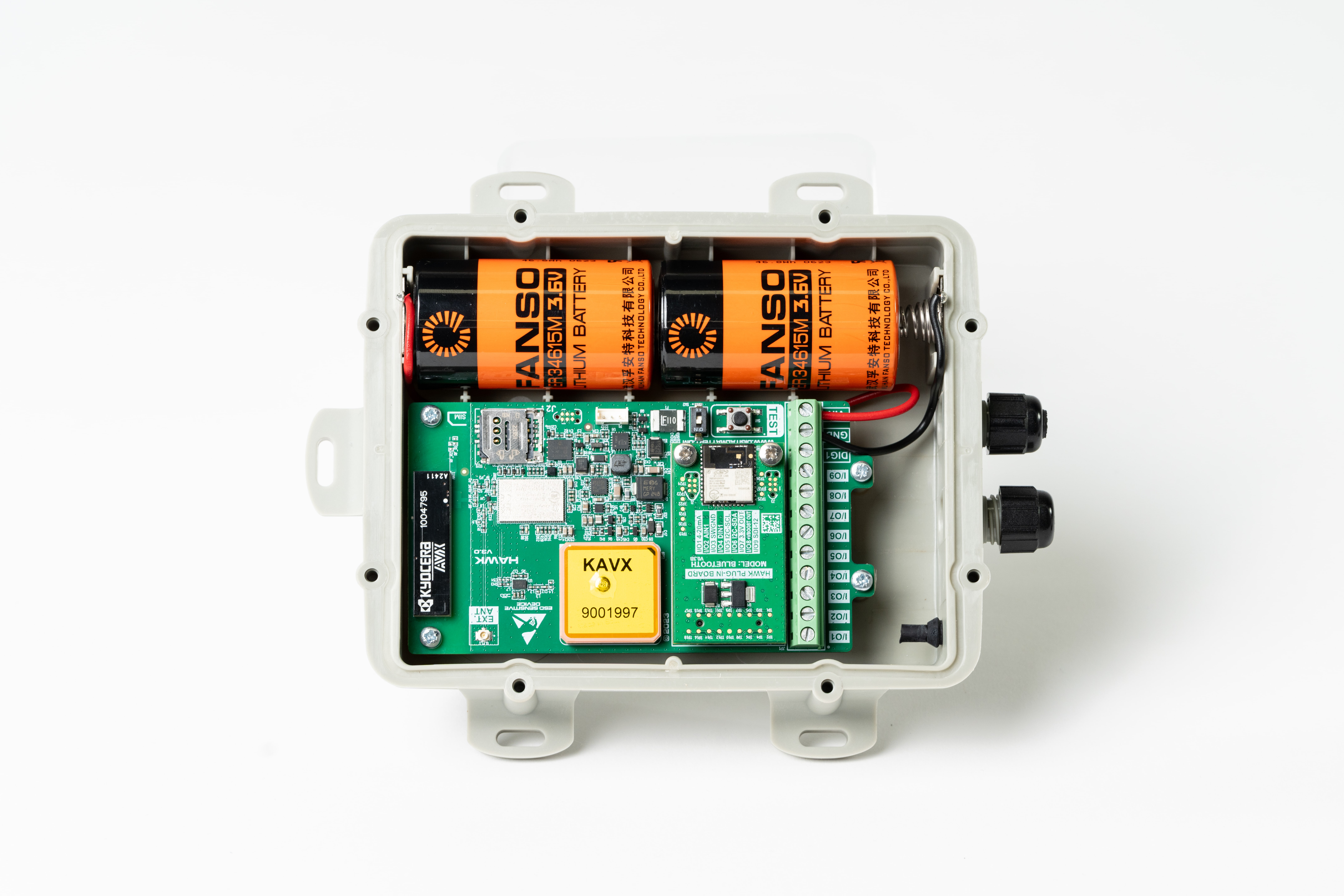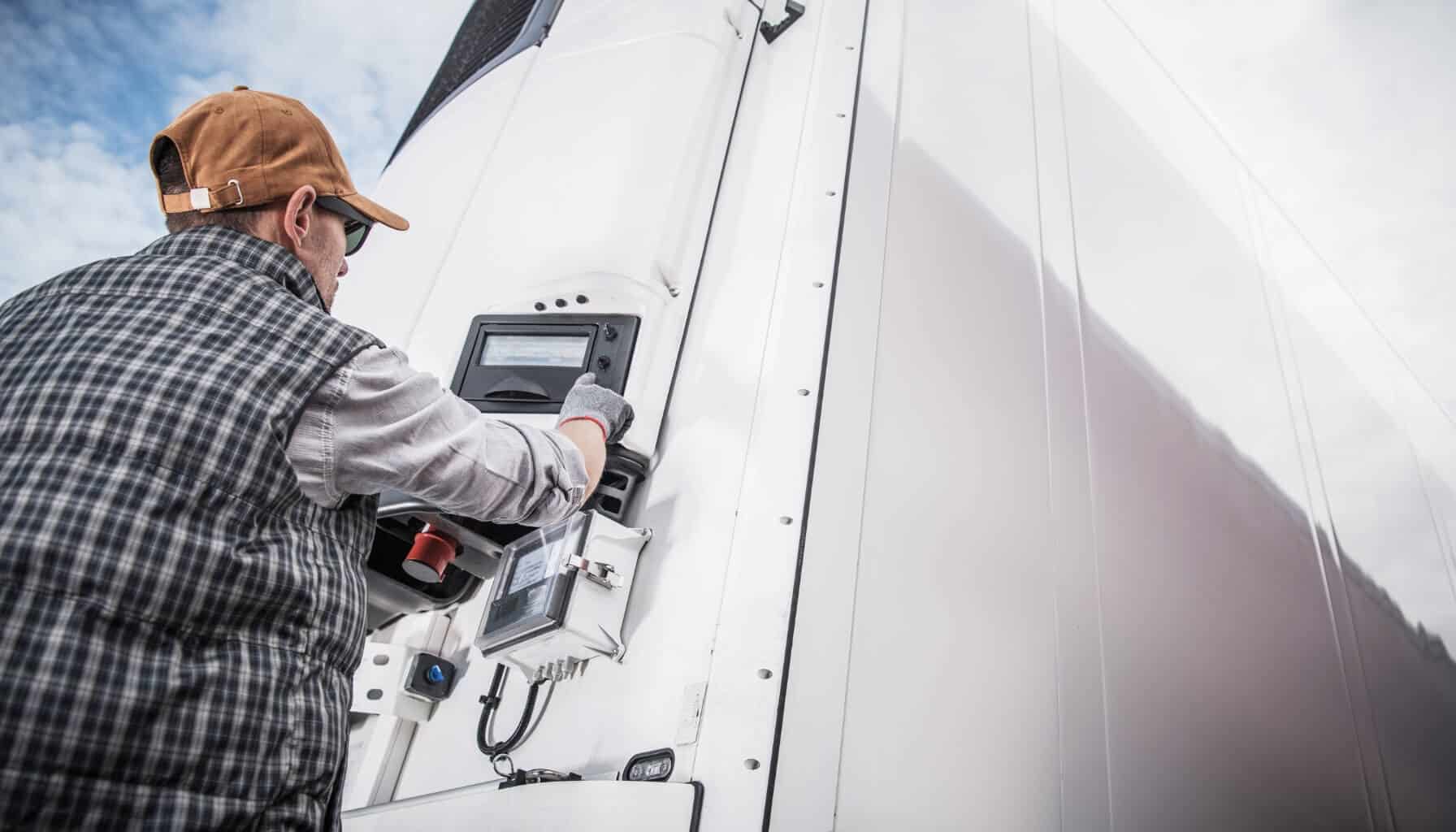Wildlife Management: Remote Sensing Solutions

Our mission is to help businesses connect, protect, and derive more value from their assets. As a leading global innovator, developer, and supplier of IoT solutions, we drive continuous innovation to enable our partners to deploy confidently at scale worldwide.
.jpg)
Key Takeaways
- Use of remote sensing in wildlife conservation: Remote sensing technologies support biodiversity and ecological balance by enabling the monitoring of animal movement, habitat conditions, and environmental changes through accurate, near real-time data collection.
- Sensor-based data collection and transmission: Wildlife monitoring relies on a wide range of sensor types including GPS, temperature, humidity, and acoustic sensors, paired with data loggers to track species behavior, habitat health, and environmental trends across varied ecosystems.
- Flexible field deployment with the Hawk: The Hawk data logger provides customizable power options, modular I/O configurations, and multi-sensor compatibility, supporting efficient remote monitoring in rugged conditions to improve conservation decision-making and long-term ecosystem management.
What is Wildlife Management
Wildlife management is the practice of conserving and managing wildlife populations and their habitats, to ensure biodiversity and ecological balance. Utilizing advanced sensor monitoring solutions, wildlife managers can track animal movements, monitor environmental conditions, and gather critical data to make informed decisions for sustainable wildlife conservation.
Sensors can be placed in a variety of locations such as in habitats, on animals or in critical monitoring areas, to gather various types of data such as movement, temperature, and humidity. This data can help analyze various aspects of wildlife behavior and environmental conditions. While sensors are responsible for collecting the data, they rely on data loggers to communicate this data to an end source to be remotely analyzed.
Importance of Wildlife Management
Wildlife management solutions ensures that reliable data is collected and utilized to maintain healthy ecosystems. Wildlife management is integral to a wide variety of sectors, including:
- Environmental Conservation: Animal population data assists in understanding animal reproduction rates, survival patterns, and their health. This information is crucial in conserving and sustaining various species.
- Agriculture and Forestry: Animal movements can be measured, providing insights into migration routes and habitat preferences. This data helps protect critical habitats and mitigation of human-wildlife conflicts.
- Urban Planning: Development and evaluation of conservation plans to ensure resources can efficiently and effectively be used to protect wildlife.
Remote Sensing in Wildlife Management
Wildlife management technologies have transformed how we study and protect animal populations. Advanced tools, including data loggers are a crucial part of the wildlife management process, recording and storing recorded data from various sensors. The Hawk, a robust data logger designed for wildlife management, enhances this process. The accuracy and reliability of the Hawk enables efficient data collection and analysis, helping to facilitate informed decision-making.
The Hawk significantly simplifies and enhances wildlife management through:
- Near-Real-Time Monitoring: Near-real-time data collection ensures immediate analysis and response, crucial for wildlife management. The Hawk’s ability to provide this data allows for timely interventions and better management of wildlife events.
- Customizable Power Options: Power the Hawk with a large internal rechargeable LiPo battery, external power including solar, or 2 x D Cell LTC or Alkaline batteries. Can also supply power to external sensors.
- Customizable I/O Cards: The Hawk's design supports customizable I/O cards to meet specific monitoring needs, with six default cards currently available. This adaptability ensures that the Hawk is suitable for any field conditions.
Compatible Wildlife Management Sensors
The Hawk is compatible with a wide variety of sensors used in wildlife management, making it a versatile device for various applications. The Hawk integrates with an extensive range of sensors including:
- GPS Trackers (4-20mA interface): Monitors such as the Garmin T5 track animal movements and migration patterns.
- Temperature Sensors (Modbus interface): Sensors like the Sensirion SHT31 measure habitat temperature to ensure suitable living conditions for wildlife.
- Humidity Sensors (Analog interface): The Honeywell HIH-4000 tracks moisture levels in habitats to understand environmental changes.
- Acoustic Sensors (Digital interface): The Song Meter SM4 detects animal calls and sounds for behavioral studies.
- Camera Traps (Wi-Fi/Bluetooth interface): Devices like the Bushnell Trophy Cam capture visual data of wildlife for population and health monitoring.
- Environmental Sensors (RS-485 interface): The YSI EXO1 measures air and water quality to assess habitat health.
For more details on compatible sensors, visit our list of compatible sensors.

Summary
Remote wildlife management requires accurate data collection and analysis facilitated by advanced technologies such as sensors and data loggers. The Hawk offers a reliable and flexible solution for effective wildlife management, ensuring accurate data collection and near-real-time monitoring. By utilizing the Hawk, you can enhance your remote wildlife management solutions, ensuring the sustainability and health of ecosystems and wildlife populations.
For more information, contact us today to learn how the Hawk can benefit your remote wildlife management initiatives.


.png)


-1.jpg?width=352&name=Untitled%20design%20(6)-1.jpg)

